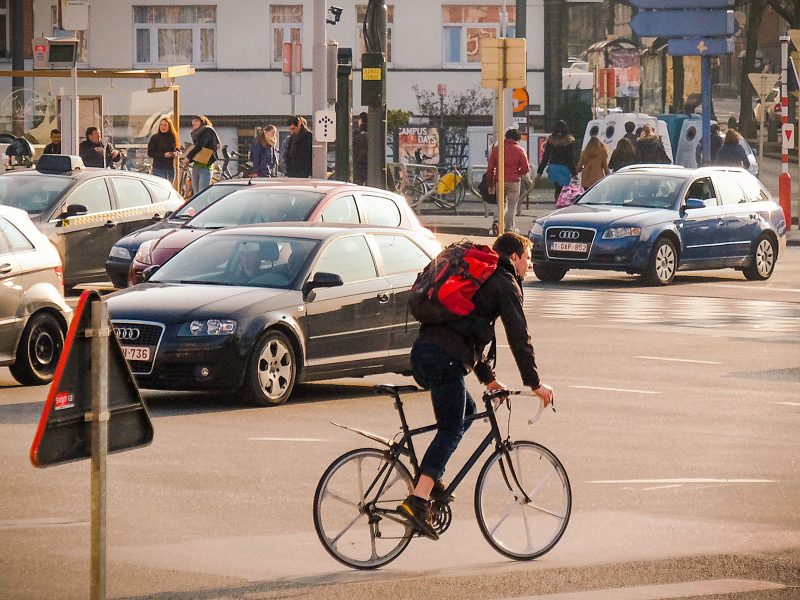MODUM
10.60
From 2011 to 2015
TML developed a multimodal routing app that predicts journey times based on real-time estimates of congestion and CO2 emissions, allowing commuters to choose the fastest or most environmentally friendly route. TML developed the evaluation and validation framework, conducted field tests in Nottingham and Sofia, and worked out user privacy guidelines.
In the EC FP7 project MODUM, we developed a multimodal routing app that predicts travel times based on real-time estimates of congestion and CO₂ emissions. Commuters can then choose the fastest or the most environmentally friendly route, based on their transport mode preferences.
TML was not only project leader, but also carried out some crucial tasks in the project. Moreover, TML supported the academic partners by providing the necessary traffic theory and knowledge that support most models and guides their interactive behaviour. We were task leader for the development of a generic evaluation and validation framework in Deliverable D3.2. This was based on the European Commission's CONVERGE and MAESTRO project guidelines for technical analysis, adapted to the specific nature of the MODUM system. Our framework consists of two main evaluation levels:
- Level 1 deals with the evaluation of the models used in MODUM and is part of the software development phase.
- Level 2 emphasises the analysis of the application as a function of technical performance, expected impacts, and user acceptance, with validations based on field tests.
TML also conducted the initial and ex-ante evaluations of the application in Deliverable D6.2:
- We supervised and monitored the field tests following the installation of the MODUM system in the cities of Nottingham (UK) and Sofia (Bulgaria) and analysed the results in Deliverable D6.3. This included targeted recruitment of users and the scientific design of behavioural experiments in both cities, followed by both quantitative (trip statistics, public transport use, and perceived travel times) and qualitative (user surveys, overall impressions, and wider impact) analyses.
- We ensured the privacy of the test users in Deliverable D6.4 and ensured that all personal information remained protected and anonymised within current European and national laws.
Of the 280 registered users, 92 effectively participated in our field tests. We obtained some 162,000 GPS traces based on some 1,000 trips, which had a good distribution both geographically and throughout the day. The accuracy of real-time predicted travel times in congestion conditions in an urban area was over 90% to 95% for the majority of these trips. In the end, MODUM proved easy, intuitive, and desirable to use.
MODUM also proved to be successful regarding the objectives it originally set out to achieve, providing answers to the following research questions:
- To what extent are users aware of their CO₂ emissions? Not really, but the information given influenced their commuting behaviour, using new and more convenient routes offered by the MODUM system.
- Do users change their behaviour when they are better informed? Yes, definitely; witness the retention rate and increased use of public transport.
- How do the results compare with an entire city level? Using the MODUM system allows a city to strive for a system optimum with limited rebound effects.
MODUM is also being rolled out in the HoPE EC project in the wider context of an integrated ticketing system in the cities of Madrid and Athens and the Basque Country.


